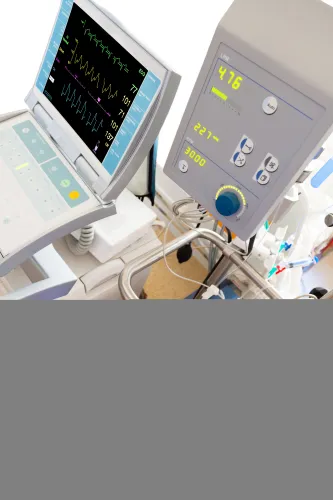3 Quick Tips Strengthen Your CDI Skills
Hint: Make sure the EMR info is accurate and timely. Every day, Medicare denies or reduces cardiology claims due to problems in the clinical documentation. Some common reasons are that the documentation did not meet the payer's local determination (LCD) requirements, the documentation didn't support the medical necessity of the procedure reported, or the provider's signature was missing from the documentation. Don't be one of the cardiology practices to receive claim denials because of issues within the documentation. Take proactive steps necessary to strengthen your clinical documentation improvement (CDI) by checking out the following tips Rhonda Buckholtz, CPC, CPMA, CRC, CDEO, CPC-I, CHPSE, COPC, vice president of strategic development for Eye Care Leaders, shared in her webinar "Navigating Changing Healthcare Environments Through Clinical Documentation Improvements." Tip 1: Template These Unique Clinical Documentation Concepts In her presentation, Buckholtz shared 22 unique documentation concepts she identified within ICD-10-CM. Templating these clinical concepts is a strategic way that ties back into patient care and simplifies the process for clinicians, according to Buckholtz. Some of these clinical concepts include, but are not limited to the following: Buckholtz also researched CPT® codes and developed documentation concepts for CPT®, which mirror the ICD-10 concepts. These concepts include, but are not limited to the following: Takeaway: If you engage with the clinician and work on these documentation concepts with their patients and the conditions they are treating, you can start to use the concepts in a meaningful way, Buckholtz said. "We found out that we were able to be able to meet or exceed documentation requirements for compliance, for meaningful use, for documentation, for quality measures, for E/M levels, or surgical procedure documentation," Buckholtz added. "It actually began to reduce the administrative burden for physicians." Tip 2: Always Double-Check EMR Info for Accuracy One common challenge you may face with your clinical documentation is based upon electronic medical record (EMR) dependency. "Sometimes we forget the reason why it's important to document something, and we start to carry in a whole bunch of information that has no relevance," Buckholtz said. "That can get us in trouble in an audit, but it also makes it very hard to have a meaningful patient encounter because you have to weed through a lot of information to get to what really was going on." Example: Buckholtz offered an example from records she audited where the brought forth documentation didn't match the current documentation. "I was auditing a medical record, and in 'health history,' it said the patient had been sober for three years," Buckholtz said. "But in the [history of present illness] HPI, it was documented that they were back to drinking two to three drinks a day. Those don't marry up." Takeaway: Review any and all information you pull forward in your EMR. When you're dependent on that EMR and you just pull it forward without reviewing it or without clarifying what's really important for that patient encounter, you do a disservice at the end of the day," Buckholtz said. Tip 3: Educate, Train Your Staff on CDI Success Along with working on documentation concepts and templating strategies, we must teach our resources, scribes, techs, front desk staff, why what they're doing is important and the impact it has, Buckholtz said. Use your ancillary staff to provide support for the provider, Buckholtz added. "You can take a lot of the administrative burden off a physician - teaching them these key concepts and working with those steps." Also, teach the staff why it's so important to get the information, where it's being pulled from using your tools and technology, and use the resources you have through your products, Buckholtz said. As you follow these steps, you can start streamlining your measures. Takeaway: "You can actually institute some cost-saving measures that help reduce that administrative burden," Buckholtz added. "At the end of the day, you're capturing everything that's necessary to really meet those points and that information for increased patient satisfaction and patient engagement."




